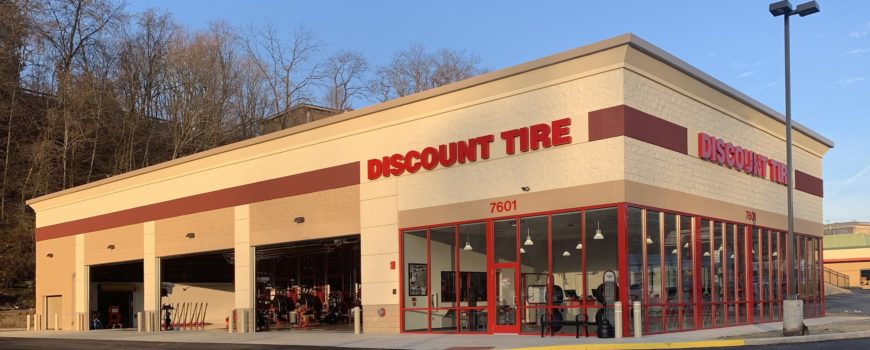Discount Tire Buys Tire Rack

Discount Tire Buys Tire Rack
Early this month, two of the largest tire suppliers in the country made an announcement that they would be combining their operations, effectively removing each other as a competitor.
The deal is predicted to close on or about December 31, of this year (2021). I’m pretty sure that most people have bought tires from one or both of these giants. I have to think that with all the supply chain issues and ever-fluctuating rubber prices this would be a good way to lessen the impact.
Interestingly enough, both Discount Tire and Tire Rack are family-owned.
Discount Tire’s Bruce T. Halle got his start when he rented an old plumbing supply building in Ann Arbor, Michigan. Starting with just six tires on the shelves, he was running the whole place himself. Store by store, Halle grew the business, and now 1,100 Discount Tire stores are open across 37 states in the U.S.
Meanwhile, Tire Rack was founded in Indiana in 1979 by Dutch immigrant Peter Veldman. Today, Tire Rack has more than 2.5 million square feet of distribution center space. They sell tires and wheels.
“This [acquisition] accelerates our omnichannel strategy, provides a broader distribution network and a platform to enhance our B2B and fleet capabilities,” said Dean Muglia, CEO at Discount Tire. “Quite simply, we are better together.”
Kelley Blue Book said earlier this year that tire prices have been increasing because the demand for rubber has been growing alongside the size of American vehicles. Back in April, Bloomberg reported that rubber prices hit a four-year high. Along with the rest of the supply chain disruptions in the past two years, that’s no surprise. As reported by Newsweek, the general manager of operations for Pirelli referred to numbers from the U.S. Bureau of Labor Statistics, showing in September that tire prices were up 6.2 percent over the previous year.
As it relates to rubber sustainability practices, Bridgestone has a Biorubber Process Research Center, at which the company is working on a new compound made of guayule, which is a desert shrub. Michelin and Continental are also looking at alternatives to counteract biological issues like rubber tree fungus, which seems to affect the business periodically.
If tire prices increase at Discount Tire or Tire Rack, it’s much more likely to be a result of the threat of a rubber shortage than the acquisition. The new combined management team believes it can make a bigger impact as a team than as competitors. Although simple economics dictates that when there are fewer competitors, prices invariably go up at some point. Performance Plus Tire is also family-owned and has been for 50 years.
Discount Tire buying Tire Rack, while good for their business, one might argue that the elimination of one competitor leaves consumers fewer choices. The counterargument to that is that Discount Tire can now leverage the increased volume of sales to negotiate greater discounts from tire manufacturers.
This is not the last merger we’ll see. As internal combustion engines slowly disappear, there will be many companies that slowly see their customer base shrink and 50 years from now, the roads will look very different.
Perhaps autonomous cars will finally be safe and reliable. Maybe we’ll be in hovercraft or even flying cars. Of course, this concept is still far from realization and is the least realistic on this list, but remember that in just 50 years, the automobile industry has moved from simple petrol cars, where there was no Wi-Fi, no opportunity to watch movies, or use the autopilot, to electric cars with all those features and more.
When you envision the car 50 years from now, what do you picture? Does it fly or travel underwater? Can it serve you fancy lattes while driving you to work? Or is it something more?
Leasing.com, the UK’s biggest car leasing comparison site, surveyed 100 car enthusiasts to learn what people are expecting from the cars of the future.
The biggest takeaway from the survey, according to Leasing.com, is that drivers focus on safety above comfort:
“Over half of the respondents prioritized safety, with 55% listing it as the most important feature in ‘tomorrow’s car.’ The measures include full internal cabin airbags as well as car-to-car communication to warn drivers of accidents or issues ahead, a system that is already in use, though in its infancy stage, with high-end models such as Teslas.”
